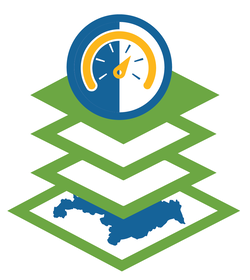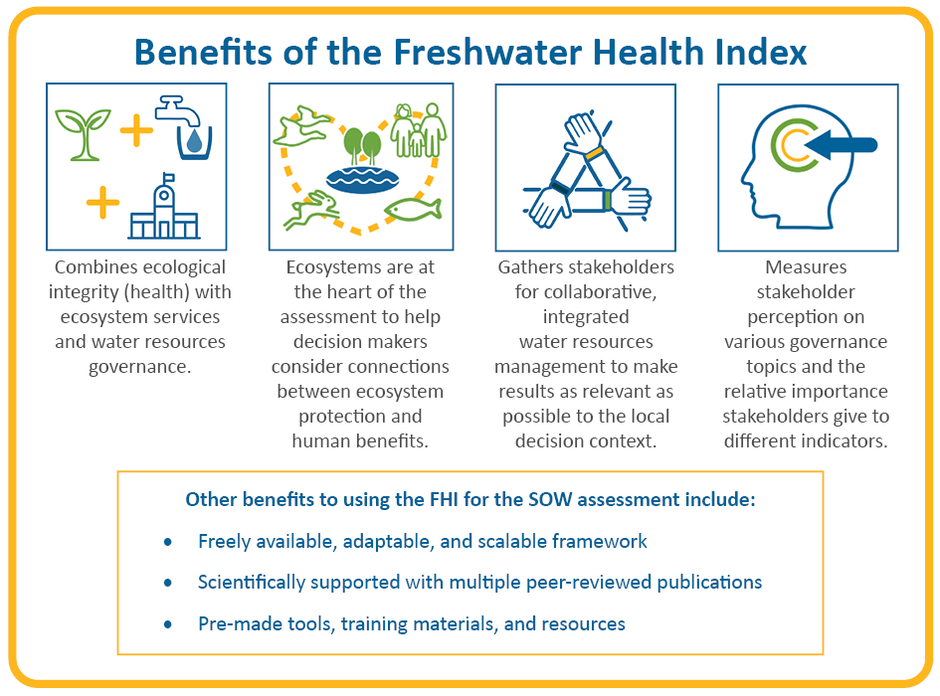The NSWA is responsible to assess and report on the condition of the watershed, through a State of the Watershed Report. This assessment serves multiple functions, including:
- Provides a baseline understanding of watershed health.
- Identifies knowledge gaps for indicators and assessment methods.
- Provides a springboard for action and to address watershed health issues.
- Used as a teaching tool for education and outreach efforts.
NSWA last assessed the watershed in 2005. The 2005 State of the Watershed Report assessed available water quality, water quantity, and ecosystem health indicators with the data available at the time.
The new State of the Watershed report will be online in 2025!

Background to the 2025 SOW report: Re-thinking the data & indicators
In the two decades since the last SOW report, the NSWA re-evaluated both the process and indicators used to assess watershed health. Three big shifts since 2005:
- Collaborating and learning from organisations and individuals with a wide breadth of experience and expertise
- An increasing amount of data available
- Data methods are more technologically advanced, nuanced and robust
NSWA discovered and adopted a new framework from Conservation International called the Freshwater Health Index (FHI). Read more about the FHI Framework here
Adopting the Freshwater Health Index (FHI)
The Freshwater Health Index (FHI) - developed by Conservation International - was only used in developing countries until now. The NSWA adopted the FHI because of its holistic methods and approach.
The FHI has three goals:
1) Assess freshwater health status and trends
2) Evaluate trade-offs and synergies of future scenarios
3) Apply indicators within a basin to guide management and policies.

How the FHI works
The FHI is made up of three main components:
Ecosystem Vitality – the health and integrity of the natural ecosystem, including plant and animal diversity, water quality, wetlands, etc
Ecosystem Services – the benefits people get from freshwater ecosystems, including drinking water, flood and drought regulation, etc
Governance & Stakeholders - The structures and processes that allow decisions related to water resources, including technical and financial capacity, and access to information
Scores for components & indicators
Each reach will be given scores (between 0-100) for the broader components, as well as by indicator. This will provide a snapshot of how well that component is functioning and whether or not some aspects need to be given more attention in the movement towards sustainability.

